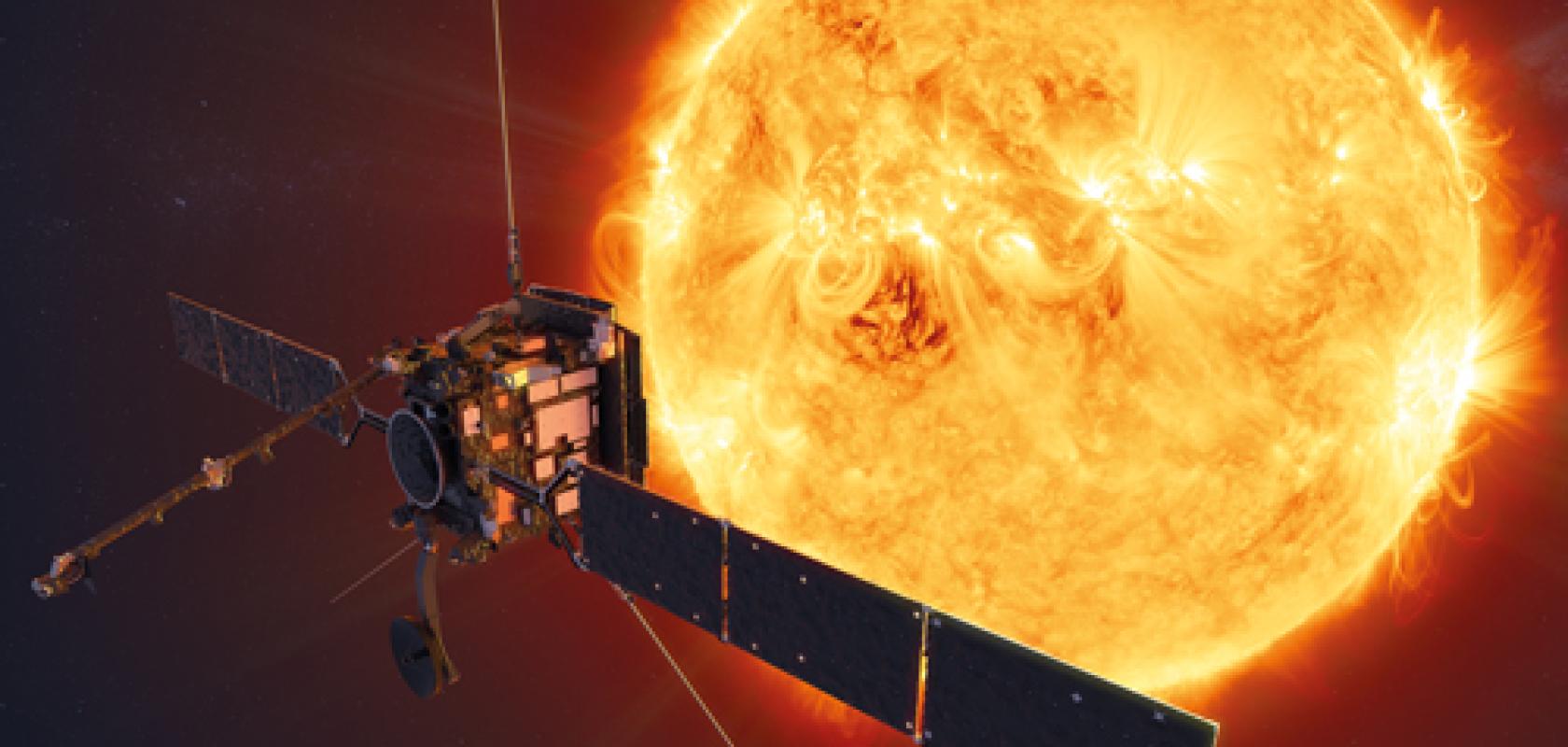A proposal to use a high-resolution multi-slit spectrometer to obtain high-cadence observations of the Sun’s atmosphere, the corona, has been selected by Nasa.
The multi-slit solar explorer (Muse) instrument – separate from the European Southern Observatory’s Muse spectrometer – is among the five proposals Nasa will fund for mission concept studies. The proposed technologies will be used to observe the dynamics of the Sun and the constantly changing space environment with which it interacts around Earth. The information will improve understanding about the universe as well as offer key information to help protect astronauts, satellites, and communications signals – such as GPS – in space.
Each of these proposals will receive $1.25 million to conduct a nine-month mission concept study. Following the study period, Nasa will choose up to two proposals to go forward to launch. Each potential mission has a separate launch opportunity and timeframe.
The Muse contains two instruments, a multi-slit extreme ultraviolet (EUV) spectrograph and a context imager. It will obtain, simultaneously, EUV spectra (along 37 slits) and context images with the highest resolution in space (0.33 to 0.4 arcseconds) and time (1 to 4 seconds) ever achieved for the transition region and corona.
The Muse spectrometry will use a 100x improvement in spectral raster cadence to fill a crucial gap in knowledge of Sun-Earth connections; it will reveal temperatures, velocities and non-thermal processes over a wide temperature range to diagnose physical processes that remain invisible to current or planned instruments.
Muse is led by Bart De Pontieu at Lockheed Martin in Palo Alto, California.
Another EUV imaging spectrometer currently in space will soon enable scientists to study processes on the Sun in greater detail. The Spectral Imaging of the Coronal Environment (Spice) is onboard the Solar Orbiter mission – a collaboration between ESA and Nasa.
RAL Space led the large international consortium to design and build the Spice instrument and has been responsible for commissioning the instrument since launch.
Spice will address the key science goals of the Solar Orbiter mission, by providing the quantitative knowledge of the physical state and composition of the plasmas in the solar atmosphere, in particular investigating the source regions of outflows and ejection processes that link the solar surface and corona to the heliosphere. The instrument is designed to study the structure, dynamics and composition of the transition region and corona by observing key emission lines on the solar disk on timescales from seconds to tens of minutes.
‘Spectroscopy is a powerful tool for the diagnostic of fundamental processes in hot plasmas. Each spectral line gives us a piece of the puzzle – combining information from all lines reveals the amazing complexity of the atmosphere,’ said Dr Andrzej Fludra, the Spice Instrument Consortium lead and a Co-Principal Investigator from STFC’s RAL Space.


